As a dog owner, you may notice that your dog has suddenly become reluctant to jump onto furniture or climb stairs. Such a change in behavior can be concerning, leaving you wondering what might be causing it. There can be several reasons behind your dog’s sudden inability or reluctance to jump.
In this article, we’ll explore the potential causes of this change in behavior, including both medical and behavioral factors. We’ll also discuss the signs to look out for and when it might be necessary to consult a veterinarian for proper diagnosis and treatment.
Key Takeaways:
- Changes in your dog’s jumping ability can indicate underlying issues, both medical and behavioral.
- Understanding the potential causes and seeking appropriate veterinary care is essential for your dog’s well-being.
- Modifications to your dog’s lifestyle and environment can help support their overall health and reduce the risk of further injury.
Medical Conditions: Possible Reasons Why Your Dog Has Stopped Jumping
If your furry friend has suddenly stopped jumping, it’s crucial to consider medical conditions that may be contributing to this change. Arthritis, hip dysplasia, and injuries are common conditions that could impact your dog’s ability to use their legs properly, climb stairs, or even jump onto furniture.
Arthritis is a degenerative joint disease that causes inflammation and pain in the joints, affecting your dog’s back legs, hips, and knees. The condition is prevalent among older dogs, but it can also affect younger animals. Symptoms of arthritis may include stiffness, limping, reluctance to jump, and difficulty moving.
Hip dysplasia is a genetic condition that affects the hip joint in dogs, leading to abnormal development and degeneration of the hip joint. The condition is more common in larger dog breeds such as German Shepherds, Golden Retrievers, and Labrador Retrievers, but it can affect any dog breed. Hip dysplasia can cause rear leg lameness, pain, and difficulty climbing stairs or jumping onto high surfaces.
Injuries such as a back leg or rear leg injury, sprain, or broken bone can affect your dog’s mobility and make it difficult for your dog to jump on the bed. Signs of an injury include limping, inability to put weight on the affected leg, and difficulty moving.
If you notice any of these signs, it’s important to schedule a consultation with a veterinarian to determine the underlying cause of your dog’s inability to jump.
| Medical Conditions | Symptoms |
|---|---|
| Arthritis | Stiffness, limping, reluctance to jump, difficulty moving |
| Hip Dysplasia | Rear leg lameness, pain, difficulty climbing stairs or jumping onto high surfaces |
| Injuries | Limping, inability to put weight on the affected leg, difficulty moving |
Spinal Cord and Disc Disorders That Could Impact Jumping
If your dog is experiencing hind limb weakness or a limp, it may be a sign of spinal cord or disc disease. These conditions can make jumping difficult for your dog due to the pain and discomfort they cause. Dogs with intervertebral disc disease, for example, may experience weakness in their hind legs, or even paralysis.
If you suspect that your dog may be suffering from a spinal cord or disc disorder, it is essential to seek veterinary care immediately. Your veterinarian may recommend diagnostic imaging, such as an X-ray or MRI, to properly assess your dog’s condition.
| Signs of Spinal Cord or Disc Disorders | |
|---|---|
| Hind limb weakness or paralysis | Loss of coordination |
| Difficulty getting up or climbing stairs | Limping or dragging of hind legs |
If your dog is diagnosed with a spinal cord or disc disorder, your veterinarian may recommend a variety of treatments, including medication, rest, and physical therapy. Surgery may also be necessary in severe cases to relieve pressure on the spinal cord.
It’s important to understand that spinal cord and disc disorders can be painful and debilitating for your dog. By recognizing the signs and seeking prompt veterinary care, you can help ensure that your furry friend receives the proper treatment and is able to regain their ability to jump.
Behavioral Factors That Could Contribute to Reluctance to Jump
If your older dog has stopped jumping or seems hesitant to jump onto furniture or other surfaces, it’s important to consider potential behavioral factors that might be contributing to this change in behavior.
A change in behavior may happen due to age-related changes, fear, or past negative experiences. To help your dog overcome these issues, you should utilize positive reinforcement techniques. These techniques focus on rewarding your dog’s good behavior and encourage them to repeat it.
Tips to Help Your Dog Regain Their Ability to Jump
If your dog is having difficulty jumping, there are several ways you can help them regain their ability and confidence. It’s essential to be patient and consistent in your efforts to ensure optimal results.
1. Use Positive Reinforcement Techniques
Positive reinforcement is crucial when helping your dog regain their ability to jump. You can use treats, praise, and affection to encourage them to try jumping again. Start with lower surfaces and gradually increase the height as they become more comfortable. Remember to reward their efforts, even if they don’t quite make it. Consistent positive reinforcement will help build their confidence and encourage them to keep trying.
2. Consider Working with a Dog Trainer
If your dog is struggling to jump, working with a professional dog trainer can help. They can provide tailored exercises and guidance to help your dog build strength and agility. A trainer can also help identify any behavioral factors that may be contributing to their reluctance to jump and provide targeted solutions to address them.
3. Engage in Low-Impact Exercises
Low-impact exercises such as swimming, walking, and stretching can help improve your dog’s mobility and reduce pain and stiffness. It’s important to consult with your vet before starting any exercise program, as some conditions may require modifications or specific exercises to avoid aggravating the condition.
4. Consider Physical Therapy
If your dog has a medical condition that is affecting their ability to jump, physical therapy may be beneficial. A qualified therapist can develop a customized plan to help your dog regain strength and mobility in their affected limbs.
5. Ensure a Supportive Environment
Make sure your dog has a supportive environment that accommodates their needs. Provide comfortable bedding to reduce pressure on their joints and ensure easy access to food, water, and their favorite toys. You may also consider using ramps or stairs to help them access higher surfaces with ease.
6. Maintain a Healthy Diet and Weight
Diet and weight management are crucial for maintaining your dog’s joint health. Consult with your vet to ensure your dog is receiving the necessary nutrients for optimal health and discuss an appropriate weight management plan if necessary. Being overweight can put extra stress on their joints and aggravate existing conditions.
By following these tips and being patient and consistent, you can help your furry friend regain their ability to jump and enjoy an active lifestyle once again.

Lifestyle Changes to Support Your Dog’s Joint Health
Arthritis and intervertebral disc disease are conditions that impact your dog’s joint health and mobility. To help your furry friend stay healthy and active, consider making these lifestyle changes:
- Provide a balanced and nutritious diet to maintain a healthy weight. Excess weight puts more strain on joints, exacerbating arthritis symptoms.
- Engage your dog in regular exercise, such as low-impact activities like swimming or walking. This helps keep joints flexible and strengthens muscles that support the joints.
- Ensure that your dog has a comfortable and supportive environment. Consider investing in a supportive bed or adding rugs or mats to slippery surfaces.
In addition to these changes, consult with your veterinarian about appropriate supplements or medications to manage your dog’s arthritis or intervertebral disc disease. With proper care and attention, you can help your dog maintain their joint health and live a healthy and happy life.
When to Seek Advice from Your Veterinarian
If your dog has stopped jumping or is suddenly unable or hesitant to jump onto furniture or climb stairs, it’s essential to seek veterinary care.
These changes in behavior could indicate underlying medical conditions, such as arthritis or intervertebral disc disease, that require treatment to manage and alleviate the symptoms.
During your visit to the veterinarian, they will perform a thorough examination and may conduct additional tests, such as x-rays or blood work, to pinpoint the cause of your dog’s sudden inability to jump.
Early intervention is crucial in these cases, as it can help identify any underlying issues and provide appropriate treatment, which may include medication, physical therapy, or surgery.
Coping Strategies for Dogs Suddenly Unable to Jump on the Couch or Bed
If your dog is suddenly refusing to jump or is unable to jump anymore, it can be distressing for both you and your furry friend. However, there are several coping strategies you can implement to help them navigate their environment comfortably.
Use Ramps or Stairs
One effective solution is to use ramps or stairs to help your dog access higher surfaces. Ramps are particularly helpful for dogs with intervertebral disc disease or other mobility issues, as they reduce the impact on their joints. Make sure the ramp or stairs are well-secured and offer sufficient grip to prevent slips and falls.
Provide Comfortable Support
Dogs with joint pain or arthritis may require additional support to help them stay comfortable. Consider providing supportive bedding, such as an orthopedic dog bed, to help reduce pressure on their joints. You can also add rugs or carpeting to hardwood or tile floors to provide traction and prevent slips.
Modify Your Home
Modifying your home can also make it easier for your dog to get around. For example, you can install handrails or grab bars near stairs to provide additional support. You can also install pet gates to block off stairs or other areas that may be difficult to navigate.
Consult with a Dog Trainer
A professional dog trainer can also provide assistance in helping your dog adjust to their new limitations. They can offer guidance on how to use positive reinforcement techniques to encourage your dog to try new things and regain confidence.
With the right support and care, your dog can continue to live a happy and comfortable life, even if they are unable to jump.
Understanding Lethargy in Dogs
If your dog is reluctant to jump, you may notice a change in their behavior, such as lethargy. Lethargy is a general feeling of tiredness or lack of energy and can be an indication of an underlying health issue.
There are several potential reasons why your dog is lethargic, including underlying medical conditions or age-related factors. It’s important to understand the signs of lethargy. If you’re concerned, consult a veterinarian for a thorough examination.
Your dog’s sudden change in jumping ability may be related to an underlying medical condition or age-related changes. Understanding the signs of lethargy can help you identify potential issues and seek appropriate medical care for your furry friend.
Promoting a Safe Environment for an Aging Dog
Like humans, as your furry friend ages, their needs will change. It’s important to make adjustments to your home environment to help them stay safe, comfortable, and independent. If your dog is experiencing intervertebral disc disease or other mobility issues, creating a comfortable environment can also help minimize the risk of further injury.
One of the simplest changes you can make is adding rugs or non-slip mats to smooth surfaces to prevent slips and falls. These will also provide extra cushioning for joints and make it easier for your dog to navigate their surroundings. Consider placing your dog’s bed in a quieter, less-trafficked area of the house to help them feel secure and comfortable.
If your dog needs to climb stairs to access their bed or other areas of the house, adding a ramp or installing a pet lift can make the process easier and safer. For dogs who can no longer jump onto the furniture, providing a pet ramp or steps can give them the ability to enjoy their favorite lounging spots without putting unnecessary stress on their joints.
Finally, be sure to provide supportive bedding that will help cushion joints and alleviate pressure points. Orthopedic dog beds are an excellent option for older dogs or those with mobility issues, as they contour to the dog’s body and provide extra support.
Recognizing the Emotional Impact on Your Dog
It can be easy to focus solely on the physical causes of your dog’s inability to jump, but it’s important to consider the emotional impact as well. Fear, anxiety, and frustration may arise from the change in their physical abilities, and it’s essential to provide the necessary support and reassurance to ensure their emotional well-being.
One common cause of fear and anxiety is a sudden change in your dog’s environment. Perhaps they used to be able to jump onto the couch, but now they can’t – this can cause confusion and stress. It’s important to create a calm and consistent environment for your furry friend to help alleviate any anxiety they may be feeling.
Another potential emotional impact can stem from a dog’s natural desire to please its owner. If they are unable to do something they once could, such as jumping onto your bed to cuddle, they may feel like they’ve failed you. Remember to offer plenty of positive reinforcement and reassurance, praising them for their efforts and achievements.
Finally, it’s crucial to listen to your dog’s body language and behavior. If they seem hesitant or nervous about attempting to jump, don’t force them. Instead, offer support and encouragement in a calm and patient manner.
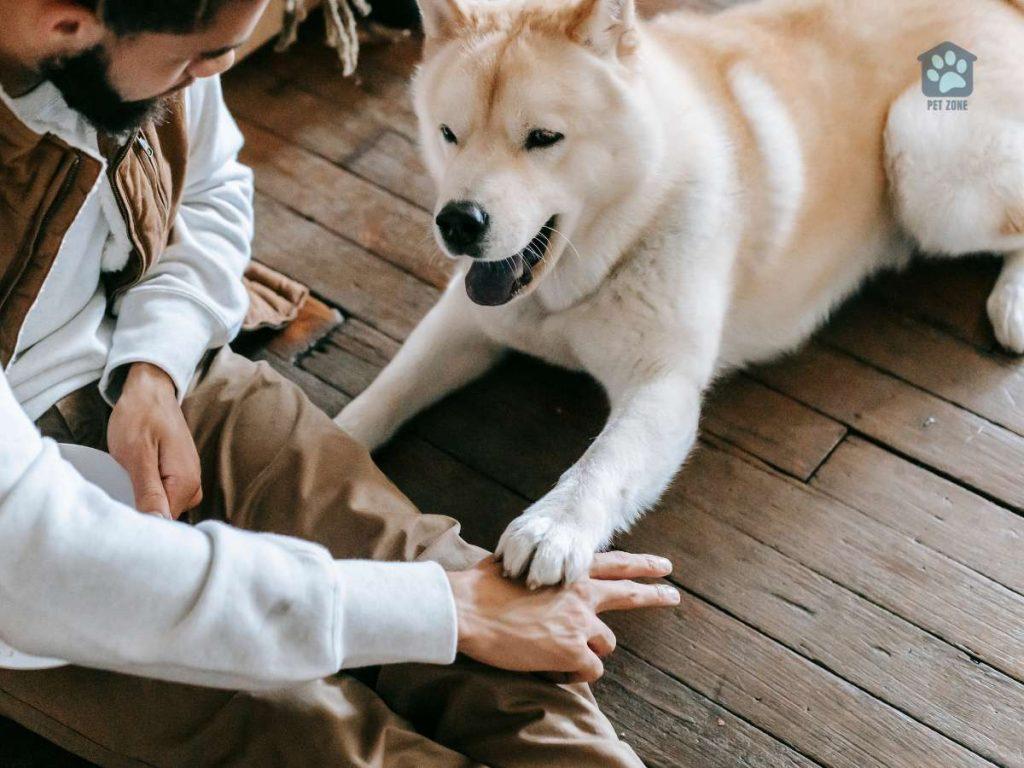
Conclusion
It’s never easy to see your furry friend struggle with a sudden change in their physical abilities. However, by understanding the potential causes of your dog’s inability to jump and seeking appropriate veterinary care, you can help them regain their mobility and enjoy an active lifestyle once again.
Creating a Supportive Environment
Remember to make adjustments to your home to promote a safe and comfortable environment for your aging dog. Adding supportive bedding, rugs, or using ramps or stairs can help accommodate their changing needs and reduce the risk of injury. You can also provide emotional support to your furry friend to ensure their emotional well-being.
Utilizing Positive Reinforcement Techniques
Positive reinforcement techniques, such as training, treats, and toys, can help your dog regain their strength and mobility. Consult a professional dog trainer who can recommend exercises and physical therapy techniques that can assist your dog in getting back on their feet.
By understanding the potential causes and providing appropriate care and support, you can help your furry friend overcome their inability to jump and regain their confidence. Remember that your dog’s well-being is in your hands, so give them the love and support they need to live a happy and healthy life.
FAQ
Q: Why can’t my dog jump all of a sudden?
A: There can be several reasons why your dog is suddenly unable or reluctant to jump. It could be due to medical conditions, such as arthritis or hip dysplasia, or behavioral factors, such as fear or past negative experiences.
Q: What medical conditions could affect my dog’s jumping ability?
A: Several medical conditions, including arthritis, hip dysplasia, and spinal cord and disc disorders, can impact your dog’s ability to jump. It’s important to consult a veterinarian for a proper diagnosis and treatment.
Q: How do spinal cord and disc disorders impact jumping?
A: Spinal cord and disc disorders, such as intervertebral disc disease, can weaken your dog’s hind legs, leading to difficulty in jumping. Recognizing the signs and seeking proper medical care is crucial.
Q: What behavioral factors could contribute to my dog’s reluctance to jump?
A: Age-related changes, fear, or past negative experiences can influence your dog’s reluctance to jump. Positive reinforcement training techniques and professional dog trainer guidance may be helpful in addressing these factors.
Q: How can I help my dog regain their ability to jump?
A: There are several tips and techniques to assist your dog in regaining their jumping ability, including exercises, physical therapy, and positive reinforcement. Consulting a dog trainer can also provide valuable guidance.
Q: What lifestyle changes can support my dog’s joint health?
A: Making lifestyle changes, such as considering their diet, managing their weight, and ensuring regular exercise, can support your dog’s joint health and overall well-being.
Q: When should I seek veterinary care for my dog’s inability to jump?
A: If your dog has suddenly stopped jumping or is hesitant to jump, it’s important to seek veterinary care. A thorough examination by a veterinarian can help identify underlying issues and provide appropriate treatment.
Q: What coping strategies can I use for a dog unable to jump?
A: If your dog is unable to jump, alternative ways to access higher surfaces, such as using ramps or stairs, can be implemented. These strategies can ensure your dog remains comfortable and able to navigate their environment.
Q: What should I understand about lethargy in dogs?
A: Lethargy in dogs can be connected to a sudden change in their ability to jump. It’s important to consider possible underlying causes, such as medical conditions or age-related factors, to determine the best course of action.
Q: How can I promote a safe environment for my aging dog?
A: Creating a safe and comfortable environment for your aging dog is essential. Adding rugs and providing supportive bedding are some adjustments that can help accommodate their changing needs and reduce the risk of injury.
Q: How does an inability to jump impact my dog emotionally?
A: A sudden inability to jump can lead to emotions such as fear, anxiety, and frustration in dogs. Providing support and reassurance to address their emotional well-being is crucial.
As an Amazon Associate I earn from qualifying purchases.

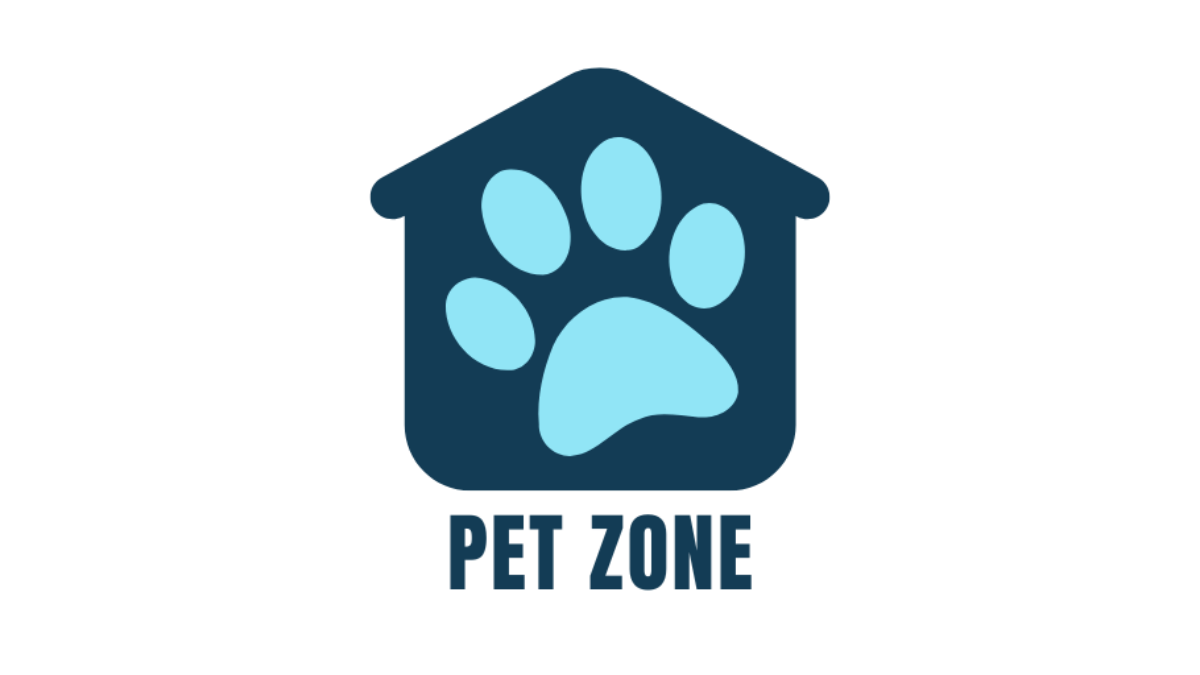



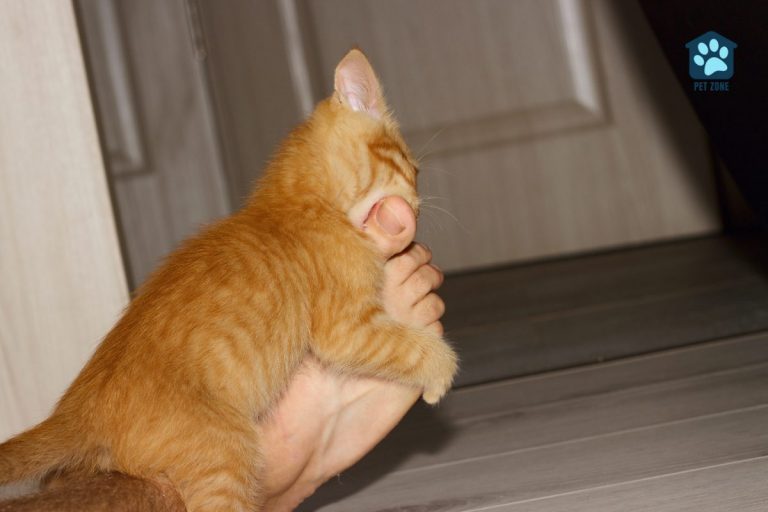
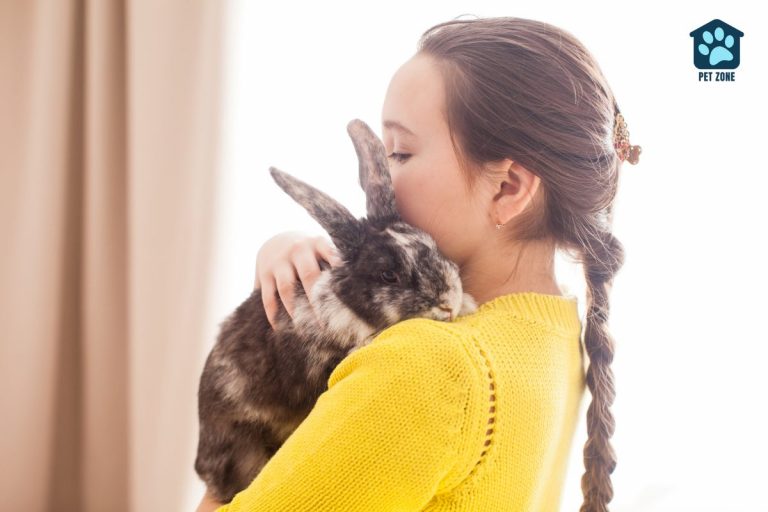
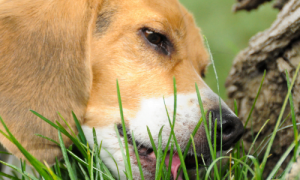
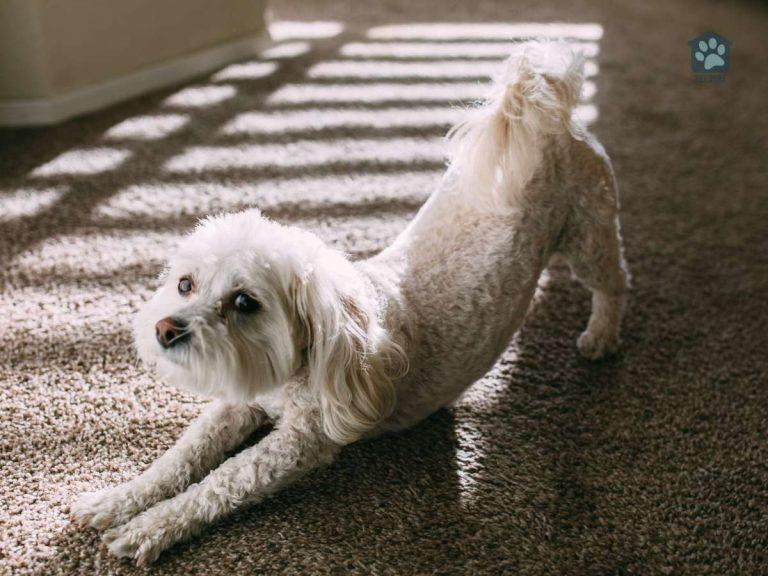

I notice that my dog is sometimes hesitant to jump up. She has short legs (bichon) and always has difficulty with the bed but sometimes she is hesitant on the couch too. Thanks for sharing.
Thank you for this article. When our old boy stopped jumping up on the bed we knew something was definitely wrong. Turns out he had hip dysplasia and he was at an age where the vet didn’t recommend surgery, just a bit of pain medication.
One of the best purchases we ever made was a carpeted ramp for the bed. It’s since been used by 3 dogs and a cat and has lasted 10 years and going. It was such a blessing when we adopted our newest dog knowing she would need hip surgery. Definitely a great investment for any pet owner!
Great article with a lot of helpful tips! My senior pittie doesn’t like to take the stairs as often any more. It’s tough to see our pets aging.
thank you, very useful information!
This is such helpful and important information! I really appreciate how you outline the physical and emotional factors behind not jumping up. I have a friend for whom this has happened with her dog and I’ll definitely share with her!
Thankyou for sharing such a detailed post about this behaviour of dogs.
I really hope my dog never experiences any of this! I just love seeing him happy, agile, and strong. Super informative post, thank you for sharing all this knowledge 🙂
I learn so much about my dog on this website! I hope the day never comes when my dog stops jumping onto my bed – but I know what to look out for should she stop!